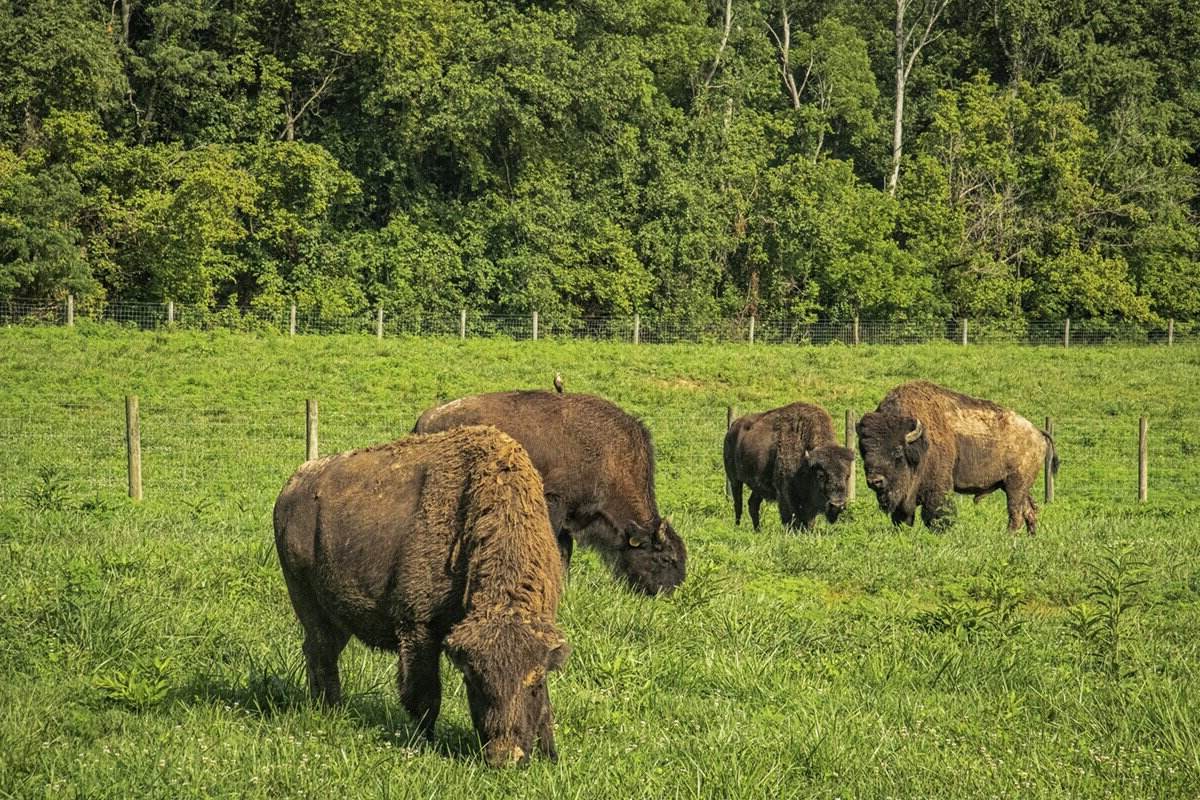Unveiling the Hidden History of Kentucky’s Salt Licks

Kentucky's salt licks hold a rich history that many travelers might not know about. These natural salt deposits played a crucial role in the lives of Native Americans and early settlers. Animals, drawn to the mineral-rich areas, created paths that later became trails for humans. These trails eventually turned into roads, shaping the state's transportation routes. The salt licks also attracted pioneers who used the salt for preserving food, making it a valuable resource. Today, visitors can explore these historic sites and imagine the bustling activity that once took place. Whether you're a history buff or just curious, Kentucky's salt licks offer a fascinating glimpse into the past. As you wander through these areas, think about the stories they could tell and the impact they had on shaping the region.
Discovering Kentucky's Salt Licks
Kentucky's salt licks have a rich history that dates back centuries. These natural salt deposits have attracted wildlife and humans alike, playing a crucial role in the region's development. Let's explore some of the most fascinating salt lick sites in Kentucky.
The Historic Significance of Salt Licks
Salt licks were essential to early settlers and Native American tribes. They provided a vital source of salt, a precious commodity for preserving food and maintaining health. Here are some notable locations where history and nature intertwine.
- Big Bone Lick State Park
Big Bone Lick State Park is often called the "Birthplace of American Vertebrate Paleontology." This site is famous for its prehistoric fossils, including mammoths and mastodons. Early explorers and scientists flocked here to study these ancient creatures, drawn by the salt deposits that attracted them.
- Blue Licks Battlefield State Resort Park
Blue Licks Battlefield is not only a historical site but also a place of natural beauty. It was the site of the last battle of the Revolutionary War in Kentucky. The salt springs here were a crucial resource for both Native Americans and settlers, making it a strategic location.
Salt Licks and Wildlife
Salt licks are not just historical landmarks; they continue to be vital for wildlife. Animals are naturally drawn to these mineral-rich areas, creating unique opportunities for observation and conservation.
- Natural Bridge State Resort Park
Natural Bridge State Resort Park offers stunning rock formations and lush forests. The salt licks in this area attract a variety of wildlife, including deer and birds. Visitors can enjoy hiking trails that lead to these natural wonders while observing the animals that frequent them.
- Cumberland Gap National Historical Park
Cumberland Gap is a natural passage through the Appalachian Mountains. The salt licks here have been a gathering place for wildlife for centuries. This park offers a glimpse into the past, where animals and humans alike relied on these natural resources.
Modern-Day Attractions
Today, Kentucky's salt licks are not just historical sites but also popular tourist destinations. They offer a blend of history, nature, and recreation for visitors of all ages.
- Mammoth Cave National Park
Mammoth Cave is the world's longest cave system, and its salt licks are a hidden gem within this vast underground wonder. Visitors can explore the caves and learn about the role salt played in the area's history. The park offers guided tours and educational programs for those interested in geology and history.
- Red River Gorge Geological Area
Red River Gorge is known for its stunning cliffs and rock formations. The salt licks here attract hikers and nature enthusiasts. This area is perfect for outdoor activities like rock climbing, camping, and wildlife watching, making it a must-visit destination for adventure seekers.
Discovering Kentucky's Salt Licks
Kentucky's salt licks offer more than just a glimpse into the past. They reveal stories of ancient wildlife, Native American tribes, and early settlers who relied on these natural resources. Visiting these sites, like Big Bone Lick State Park, provides a unique opportunity to connect with history while enjoying the beauty of nature. The geological formations and fossil remains found here are a testament to the region's rich past. Exploring these areas can be both educational and inspiring, offering insights into how the land shaped the lives of those who came before us. Whether you're a history buff, nature lover, or just curious, Kentucky's salt licks are worth the visit. They remind us of the intricate connections between the land and its inhabitants, encouraging us to appreciate and preserve these historical treasures for future generations.

